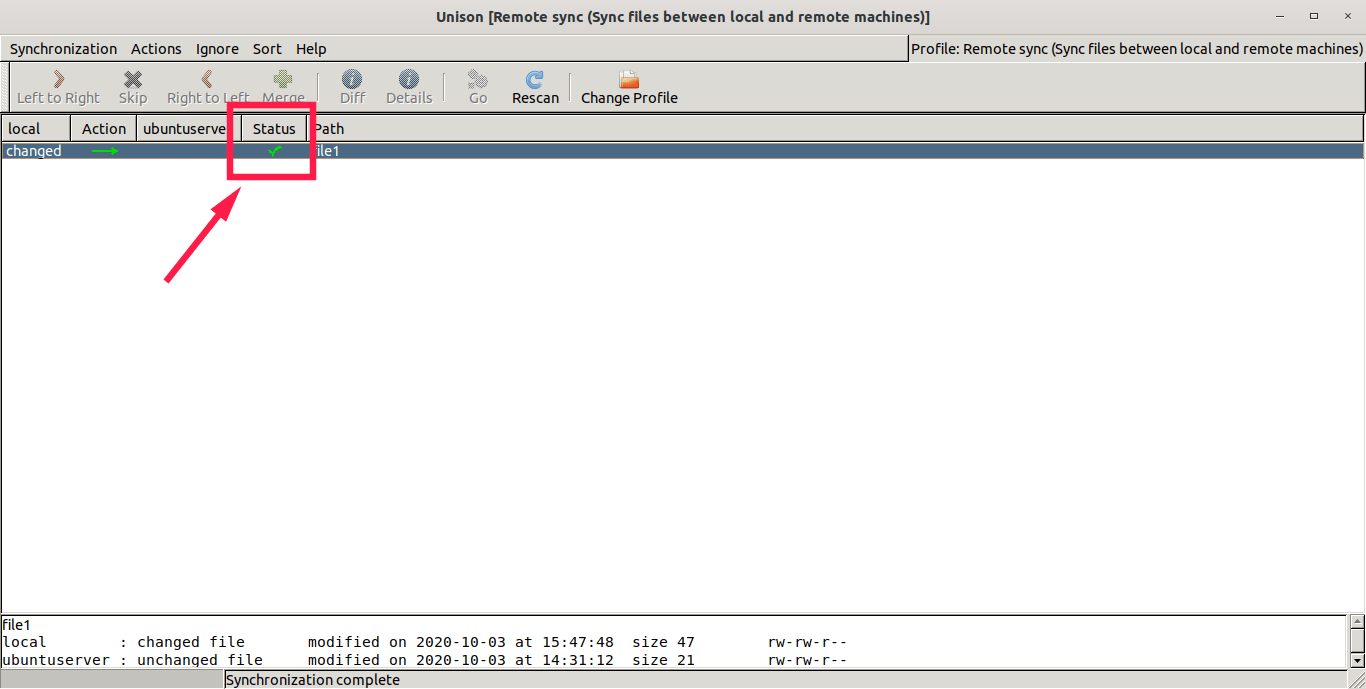

The next section I will shortly describe one real world example: how
#UNISON SYNCHRONIZE MANUAL#
unison.įor simple usage examples, the reader is referred to unison tutorial,Īt the beginning of the user manual distributed with the program. Finally, in order to determine the files which have been modified and need an update, unison use an automatically named archive file, which is stored by default in. Thois account is saved in the log file, which is by default named unison.log and placed in the user's home directory. Indeed, unison does in general produce a detailed account of its activity. The second type of files used by unison is the log file. Alternatively, these preferences can be specified on the command line. Each profile file specifies the variables and the preferences relative to one particual use of unison, like the directories which should be syncronized and the mechanism used to perform this synchronization.

The most relevant files are the profile files, with extension prf, which are by default stored in. The user configuration files are by default stored in the subdirectory. The program does not posses system configuration files.

The major difference with respect to backup utilities, is that unison try to handle the updating in a bi-directional way, deciding which version of the file should be modified. For remote synchronization, one can choose between two methods: the more advanced and secure remote shell method, based on SSH, and the basic, unsecure and cumbersome socket method. Unison can be used both locally and remotely. The homepage of the program says that "It allows two replicas of a collection of files and directories to be stored on different hosts (or different disks on the same host), modified separately, and then brought up to date by propagating the changes in each replica to the other.". Unison is a file-synchronization utility. You can help Gentoo-Wiki by expanding it.


 0 kommentar(er)
0 kommentar(er)
